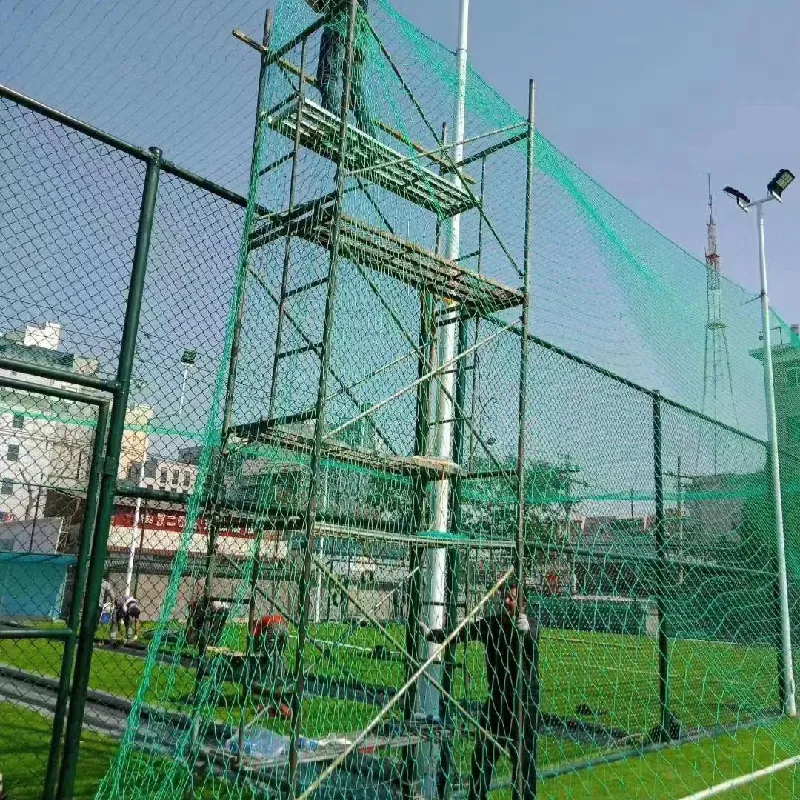-
 Afrikaans
Afrikaans -
 Albanian
Albanian -
 Amharic
Amharic -
 Arabic
Arabic -
 Armenian
Armenian -
 Azerbaijani
Azerbaijani -
 Basque
Basque -
 Belarusian
Belarusian -
 Bengali
Bengali -
 Bosnian
Bosnian -
 Bulgarian
Bulgarian -
 Catalan
Catalan -
 Cebuano
Cebuano -
 China
China -
 Corsican
Corsican -
 Croatian
Croatian -
 Czech
Czech -
 Danish
Danish -
 Dutch
Dutch -
 English
English -
 Esperanto
Esperanto -
 Estonian
Estonian -
 Finnish
Finnish -
 French
French -
 Frisian
Frisian -
 Galician
Galician -
 Georgian
Georgian -
 German
German -
 Greek
Greek -
 Gujarati
Gujarati -
 Haitian Creole
Haitian Creole -
 hausa
hausa -
 hawaiian
hawaiian -
 Hebrew
Hebrew -
 Hindi
Hindi -
 Miao
Miao -
 Hungarian
Hungarian -
 Icelandic
Icelandic -
 igbo
igbo -
 Indonesian
Indonesian -
 irish
irish -
 Italian
Italian -
 Japanese
Japanese -
 Javanese
Javanese -
 Kannada
Kannada -
 kazakh
kazakh -
 Khmer
Khmer -
 Rwandese
Rwandese -
 Korean
Korean -
 Kurdish
Kurdish -
 Kyrgyz
Kyrgyz -
 Lao
Lao -
 Latin
Latin -
 Latvian
Latvian -
 Lithuanian
Lithuanian -
 Luxembourgish
Luxembourgish -
 Macedonian
Macedonian -
 Malgashi
Malgashi -
 Malay
Malay -
 Malayalam
Malayalam -
 Maltese
Maltese -
 Maori
Maori -
 Marathi
Marathi -
 Mongolian
Mongolian -
 Myanmar
Myanmar -
 Nepali
Nepali -
 Norwegian
Norwegian -
 Norwegian
Norwegian -
 Occitan
Occitan -
 Pashto
Pashto -
 Persian
Persian -
 Polish
Polish -
 Portuguese
Portuguese -
 Punjabi
Punjabi -
 Romanian
Romanian -
 Russian
Russian -
 Samoan
Samoan -
 Scottish Gaelic
Scottish Gaelic -
 Serbian
Serbian -
 Sesotho
Sesotho -
 Shona
Shona -
 Sindhi
Sindhi -
 Sinhala
Sinhala -
 Slovak
Slovak -
 Slovenian
Slovenian -
 Somali
Somali -
 Spanish
Spanish -
 Sundanese
Sundanese -
 Swahili
Swahili -
 Swedish
Swedish -
 Tagalog
Tagalog -
 Tajik
Tajik -
 Tamil
Tamil -
 Tatar
Tatar -
 Telugu
Telugu -
 Thai
Thai -
 Turkish
Turkish -
 Turkmen
Turkmen -
 Ukrainian
Ukrainian -
 Urdu
Urdu -
 Uighur
Uighur -
 Uzbek
Uzbek -
 Vietnamese
Vietnamese -
 Welsh
Welsh -
 Bantu
Bantu -
 Yiddish
Yiddish -
 Yoruba
Yoruba -
 Zulu
Zulu
Effective Strategies for Utilizing Anti Hail Netting to Protect Crops and Enhance Yields
The Role of Anti-Hail Netting in Agriculture
Hailstorms are among the most destructive weather phenomena that can severely impact agricultural production. For farmers, the threat of hail can lead to substantial economic losses, potentially wiping out entire crops in just a matter of minutes. To mitigate these risks, innovative agricultural practices have emerged, one of which is the use of anti-hail netting. This article delves into the significance of anti-hail netting, its benefits, and its application in modern agriculture.
Anti-hail netting is specifically designed to protect crops from hail damage. These nets are typically made from high-density polyethylene (HDPE) or other durable materials, allowing them to withstand harsh weather conditions. They are usually installed above the crops, creating a barrier that deflects or absorbs the impact of falling hailstones, thereby minimizing damage to the plants below.
The Role of Anti-Hail Netting in Agriculture
Additionally, anti-hail netting offers benefits beyond hail protection. The netting can help to regulate temperature and humidity levels around the crops, creating a microclimate that can promote healthier plant growth. The shade provided by the netting can reduce heat stress during particularly hot periods, which is increasingly important as global temperatures continue to rise. Moreover, the mesh can act as a barrier against birds and larger pests, further enhancing the security of the crop.
anti hail netting

Despite the initial investment required for anti-hail netting, many farmers find it to be a worthwhile addition to their agricultural practices. The longevity and durability of the nets often result in long-term cost savings by reducing the frequency of crop losses due to hail damage. Furthermore, insurance companies and agricultural investors increasingly recognize the value of such protective measures, often incentivizing their use through lower premiums or additional support for farmers who implement risk-reducing technologies.
The installation of anti-hail netting is a versatile solution that can be adapted to various types of crops, from fruit orchards to vegetable fields. Farmers can customize the height, tension, and density of the netting to suit their specific crop needs, ensuring maximum protection while maintaining the efficiency of their farming operations. Furthermore, advancements in technology have led to the development of more lightweight and easier-to-install netting systems, making it accessible for farmers of all sizes.
While the implementation of anti-hail netting is not without challenges, including potential aesthetic concerns and the upfront financial investment, the benefits clearly outweigh the drawbacks. As climate change continues to alter weather patterns and increase the frequency of extreme weather events, adopting proactive strategies like anti-hail netting is essential for the future sustainability of agriculture.
In conclusion, anti-hail netting represents a significant advancement in agricultural protection strategies. By effectively shielding crops from hail damage and providing additional benefits such as pest deterrence and climate regulation, this technology plays a vital role in helping farmers navigate the challenges posed by unpredictable weather. As agriculture evolves to meet the demands of a growing population and a changing climate, such innovative solutions will be increasingly important for ensuring food security and farm viability.
-
Shipping Plastic Bags for Every NeedNewsJul.24,2025
-
Safety Netting: Your Shield in ConstructionNewsJul.24,2025
-
Plastic Mesh Netting for Everyday UseNewsJul.24,2025
-
Nylon Netting for Every UseNewsJul.24,2025
-
Mesh Breeder Box for Fish TanksNewsJul.24,2025
-
Expanded Steel Mesh Offers Durable VersatilityNewsJul.24,2025











